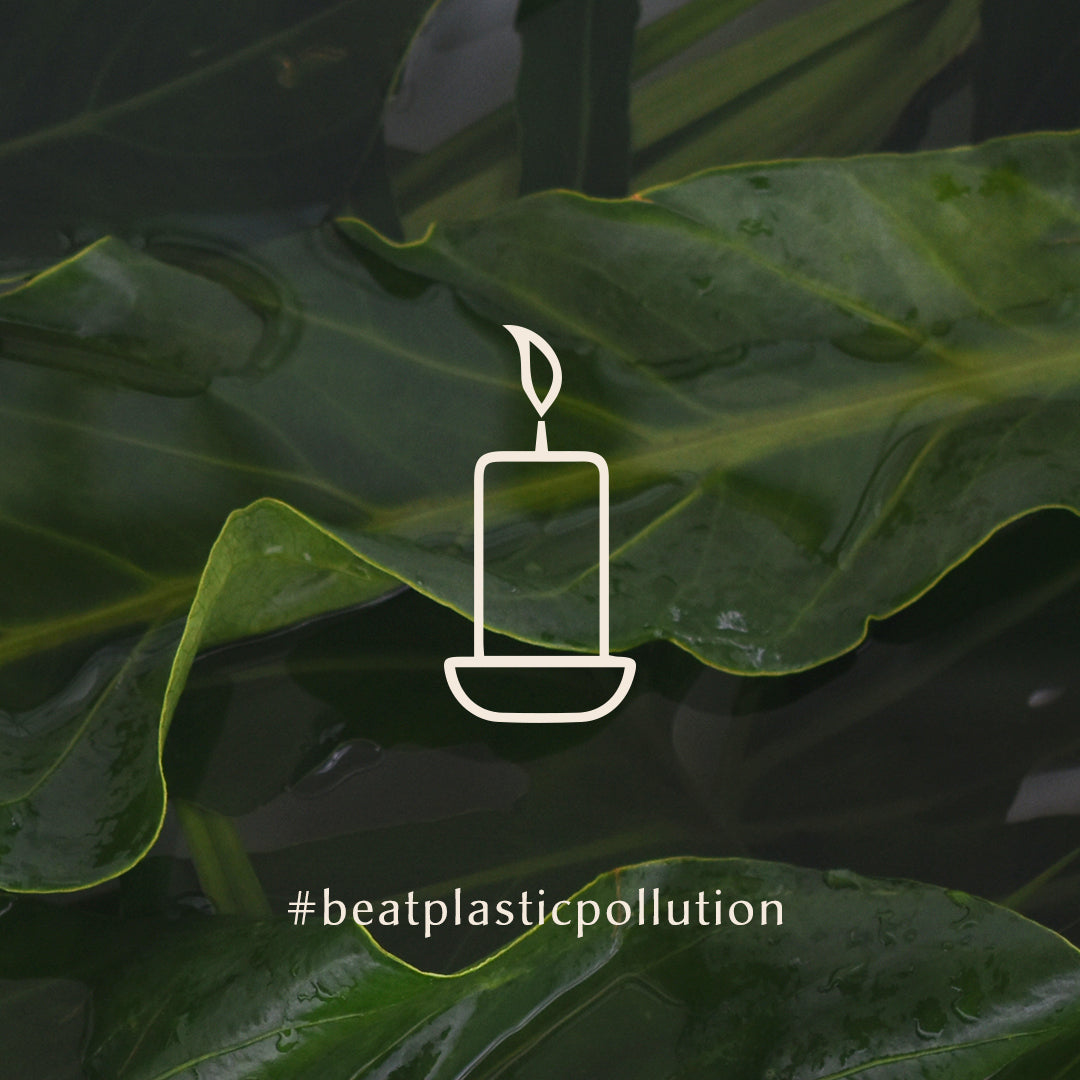FREE SHIPPING ON ALL ORDERS ABOVE US$100
No Love for: Paraffin Wax (and why we don't use it)


This World Environment Day, we endeavour to explain some of the chemical terms you may find in body care products and why, at Banyan Tree, we are proud to be free from them.
What is paraffin wax?
Paraffin wax is a byproduct of the oil purification process. Through a dewaxing process that crude oil undergoes, paraffin wax is derived and is then processed further for use in products. Today, petroleum-based paraffin wax can be found in candles, wax paper, polishes, cosmetics, and electrical insulators, among other commercial items.
How has paraffin wax earned its bad name?
It has been claimed that paraffin wax releases toxic fumes when burnt, which has contributed to its fall out of favour. In 2009, a study by South Carolina State University found that burning paraffin wax candles give off harmful fumes (toluene and benzene) which is linked to asthma and lung cancer.1 Soy candles, in the same research, were not found to emit toxic chemicals. It is also reported that frequent lighting of multiple paraffin candles in an unventilated space could lead to problems commonly associated with paraffin wax: irritation of skin and respiratory tract. This study garnered widespread controversy on the effects of paraffin wax versus that of soy wax, resulting in an increased demand for soy wax candles.
That said, the same study also states that it would take years of exposure for health problems to occur. Many have also spoken out in defense of paraffin wax, including the European Candle Association and the National Candle Association. Both organisation cite an industry-funded study in 2007 which reported that none of the candle waxes tested, including paraffin wax, soy wax and beeswax, produced benzene.

Banyan Tree Essentials soy wax candles, in glass or tin
So why should I be concerned?
Even though the health effects of paraffin wax are as yet undetermined, its environmental impact are less ambiguous. Crude oil, being the origin of paraffin wax, is considered highly unsustainable due to it being a non-renewable resource. It has also been the cause of a slew of environmental calamities, in oil spills, damage of natural habitats and climate change.
On top of that, a 2004 study by Maastricht University also discovered levels of potentially carcinogenic polycyclic hydrocarbons in churches, presumably due to the burning of low-quality paraffin wax candles over long periods of time. Alarmingly, the level of pollutants detected exceeded that of high-traffic roads. This could, once again, be due to the presence of crude oil, as it is known to emit huge amounts of particulate pollution when burned.

Soy wax candles are clean-burning and come from a renewable resource.
What should I do as a consumer?
Many brands are increasingly using more sustainable options in replacement of paraffin wax. Even though its impact on human health is debatable, its relationship with non-renewable fossil fuels still deters the environmentally-conscious. Soy wax and beeswax are highly viable alternatives and are arguably more sustainable.
At Banyan Tree, our range of naturally-scented candles are made of soy wax, which is derived from soy beans. After oil is extracted from the beans, it is hydrogenated, turning it into the solid form we see in wax candles. Because soy wax is vegetable-based and obtained from a renewable source, it is widely considered to have less impact on the environment, compared to the paraffin option.
To shop, or to learn more about our products, visit www.essentials.banyantree.com.
For any enquiry, contact us at essentials@banyantree.com.

